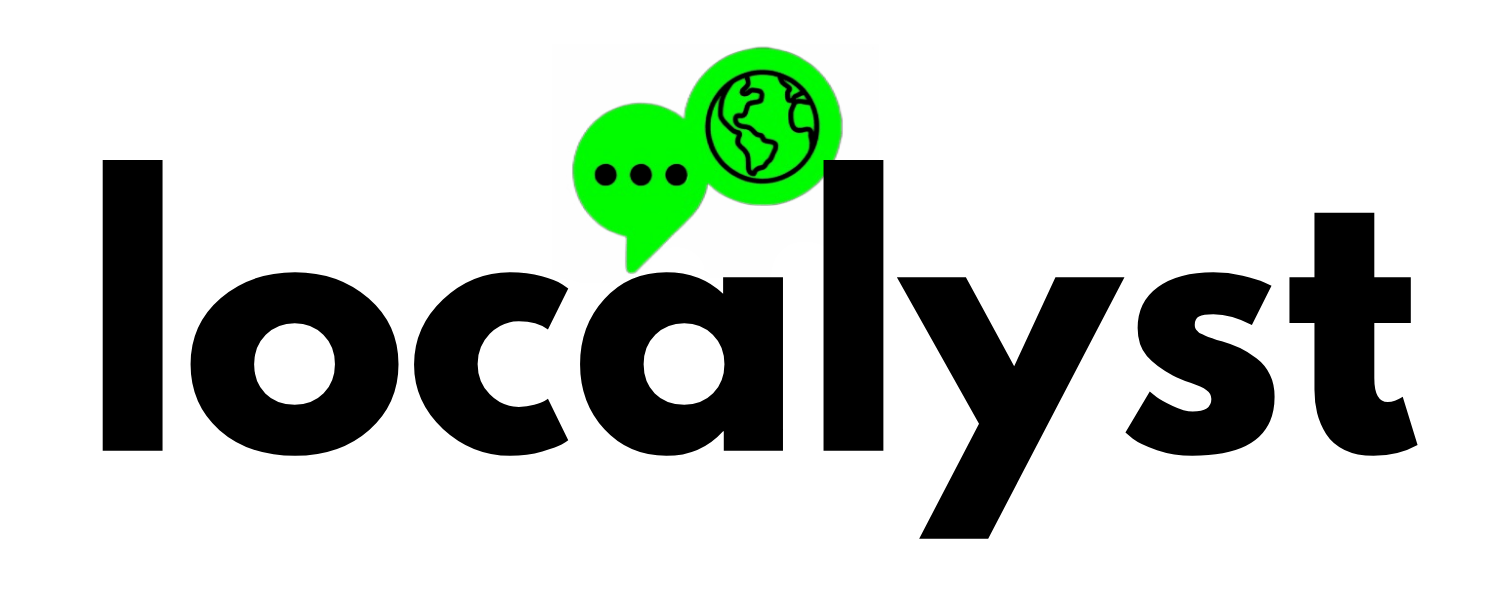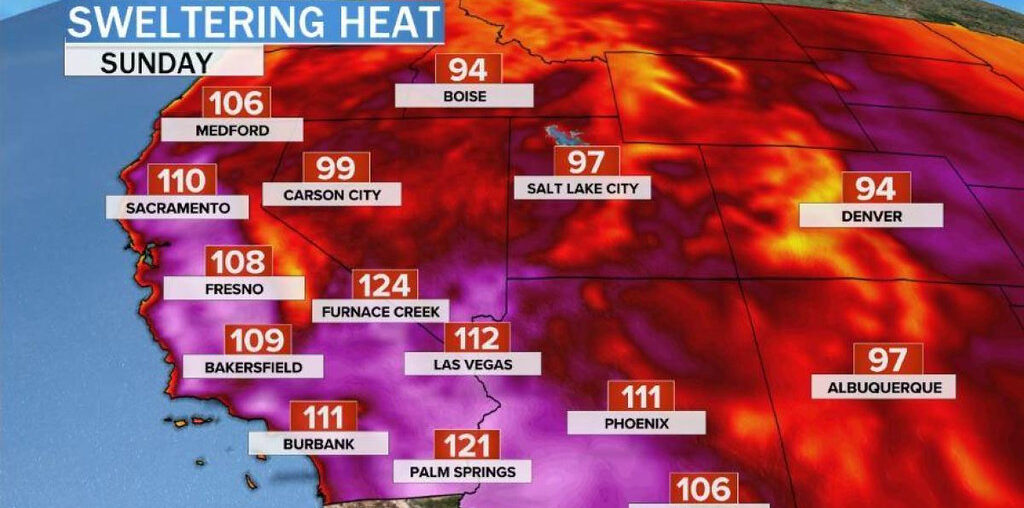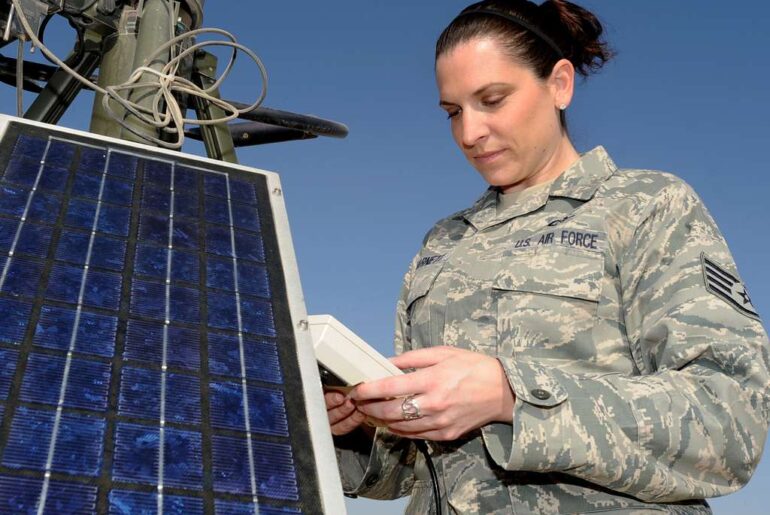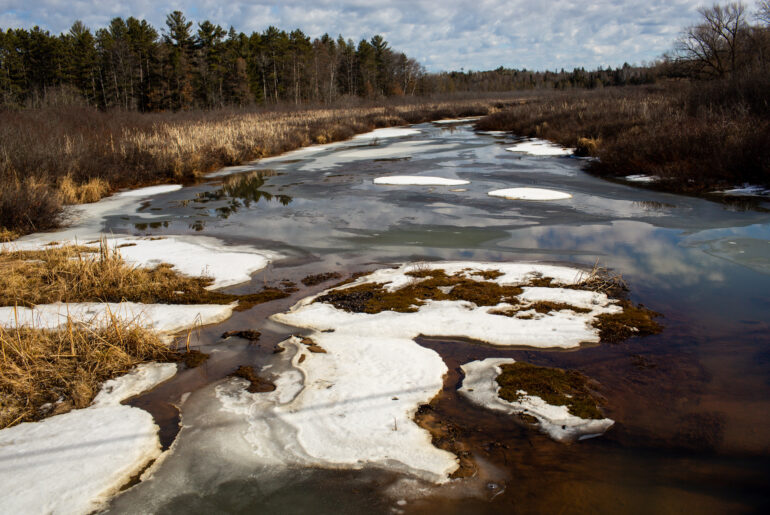By Dana Schultz, — Aug 7, 2025
Sweltering Heat Meets Breaking Budgets
As summer 2025 rolls on, Arizona continues to endure relentless triple-digit temperatures. Phoenix has seen record-breaking heat since spring—blasting past 100°F daily—and setting the stage for an unprecedented energy burden (aristotleair.com).
For many, battling this heat is expensive. In Phoenix, energy bills hover around $220 monthly on average, but larger or older homes often face bills exceeding $350 (IndexYard). And across the U.S., utility companies are seeking a record $29 billion in rate increases just during the first half of 2025 (PowerLines).
Behind Closed Doors: Voices from the Heat
These aren’t just numbers. Families are at a breaking point.
“Our bill was $714 this July—the highest ever—even though our usage barely changed from June’s $550.”
— a North Phoenix homeowner, reflecting rapidly escalating costs
“Extreme heat pushed Phoenix to disconnect 2,200 customers in May, a 17% spike over the previous year.”
— Selah Goodson Bell, energy justice campaigner with the Center for Biological Diversity, on how heat drives utility strain and disconnections (KJZZ).
These points of view underscore how soaring energy prices are shifting air conditioning from a necessary comfort to an unaffordable luxury.
Structural Pressures North of the Thermostat
What’s fueling these acute crises?
- Heat-Fueled Energy Demand: Hotter temps drive higher electricity use—and costs—for families that already struggle to stay cool.
- Rising Rates on the Table: Utility companies are passing the cost of upgrading aging infrastructure and grid stress onto customers.
- Policy Gaps: While Arizona has a disconnection moratorium from June to mid-October, early summer still sees dangerous shutoffs. Deep cuts to LIHEAP funding mean fewer resources for those most in need (The Arizona Center for Economic Progress).
Reform in the Heat
Advocates and public officials are pushing for change.
- Legislation like the LIHEAP Parity Act aims to distribute aid more equitably across hot-weather states like Arizona, which tend to receive less per capita in energy assistance (Senator Mark Kelly).
- Consumer groups continue to urge support for cooling centers and early intervention strategies amid funding uncertainty (12 News).
Why Solar + Storage Is Part of the Answer
Energy experts and advocates say the crisis underscores a glaring gap: Arizona’s need for distributed solar energy and battery storage has never been higher.
Local solar generation can reduce peak demand on the grid, cutting the need for expensive peaker plants that drive up bills. Pairing solar with community-scale or home battery storage adds a second layer of resilience—keeping homes powered during grid failures, and allowing residents to shift usage away from the most expensive hours.
In cities like Phoenix, where heat kills more residents than any other weather event, this isn’t just an environmental upgrade—it’s a public health imperative.
“We should be building solar and storage into our homes the same way we build air conditioning—because soon, both will be non-negotiable,” says Goodson Bell.
Reform and Resilience
Alongside clean energy deployment, advocates are calling for:
- Utility pricing reform to protect low-income ratepayers during peak hours
- Expanded weatherization and rebate programs
- Investments in rooftop and community solar paired with battery incentives, especially for heat-vulnerable neighborhoods
The Stakes Are High—and Preventable
Without better infrastructure, more local generation, and stronger affordability policies, families will keep facing dangerous heat in unsafe conditions.
This summer should serve as a wake-up call to the urgency of climate action, highlighting the need to build clean, resilient energy systems that make cooling a right, not a privilege.




